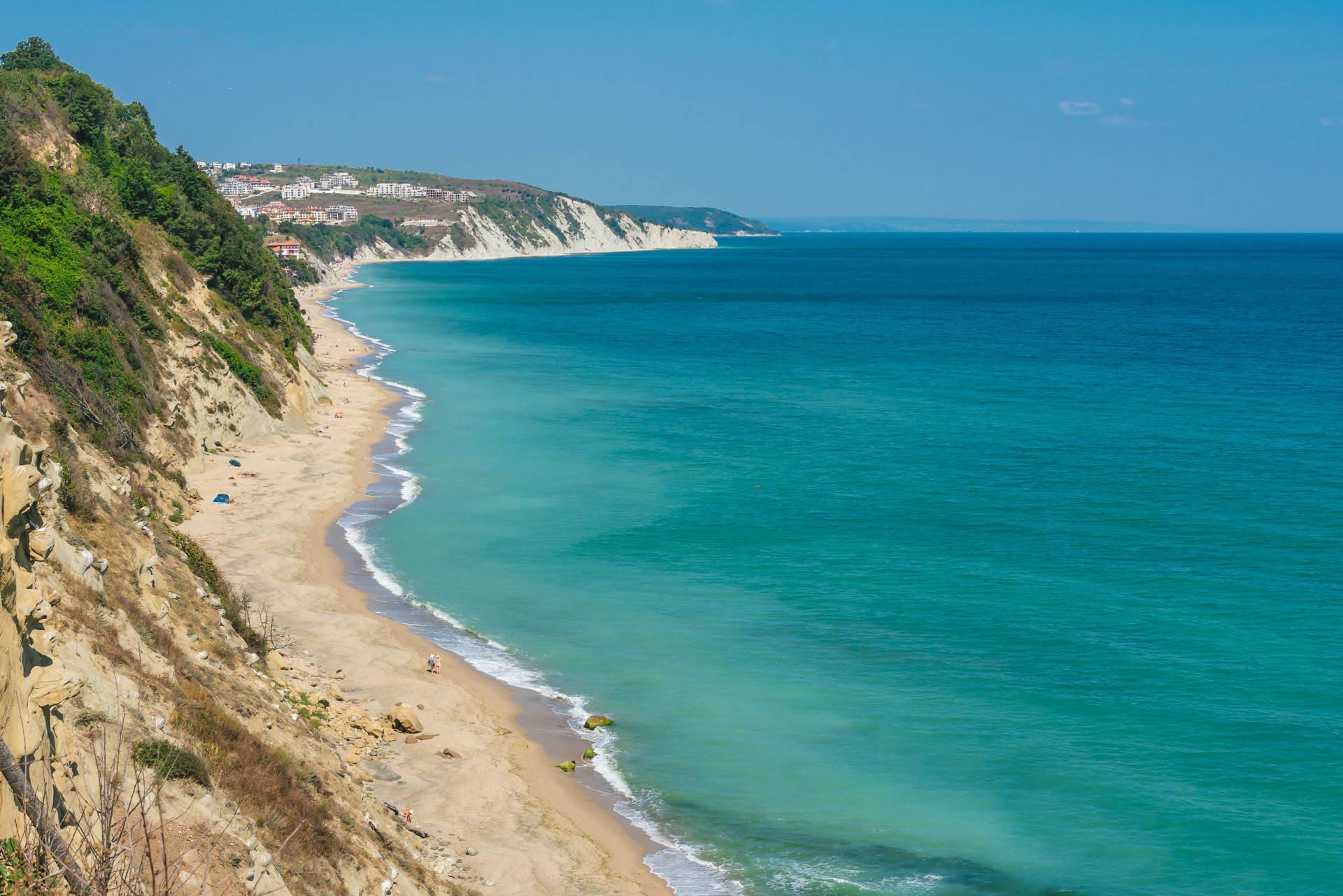
Byala
Your Ultimate Vacation Spot in Bulgaria

Byala
The Late Antique Fortress at Cape St. Atanas.
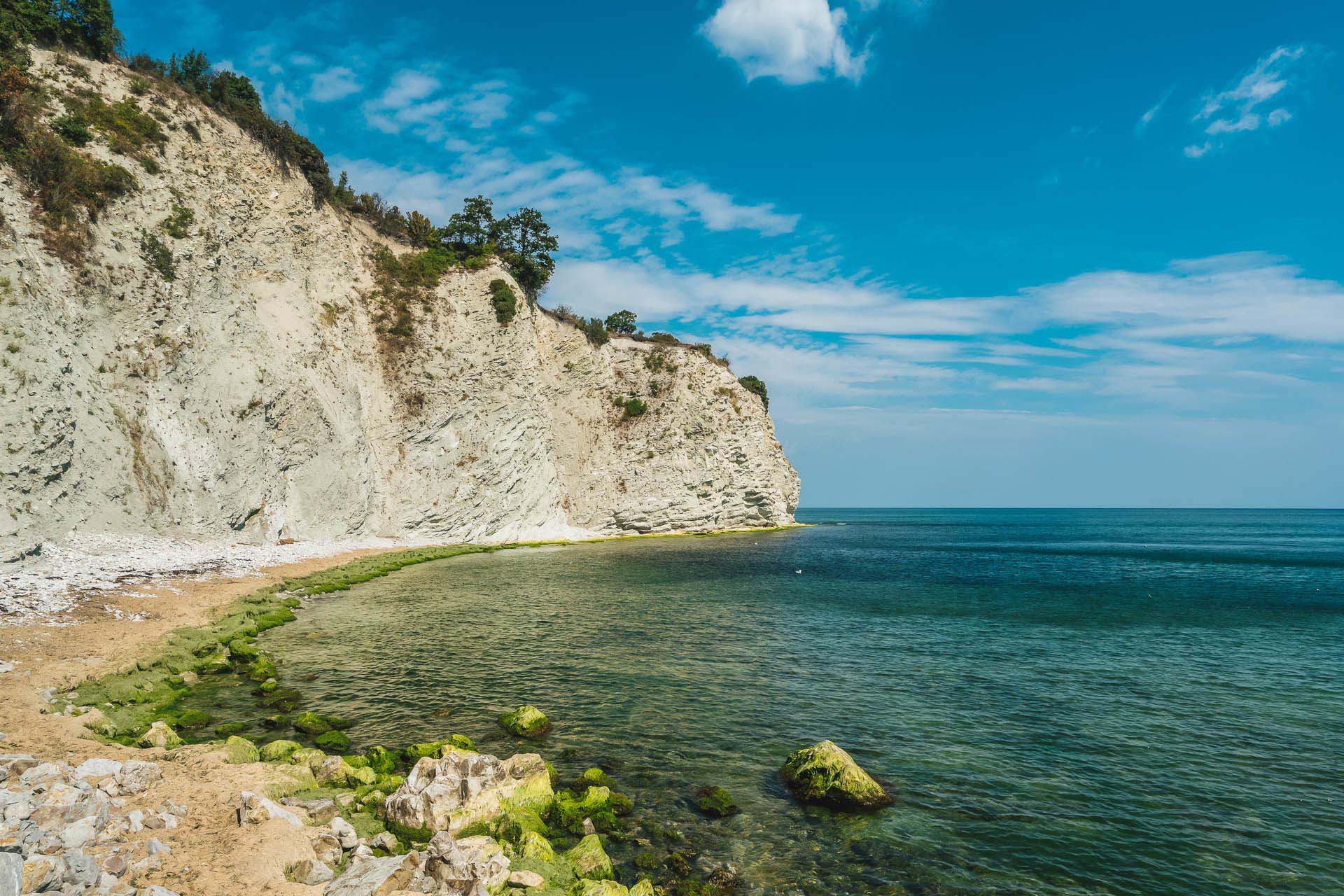

Our inviting studio apartment in Byala is available for rent
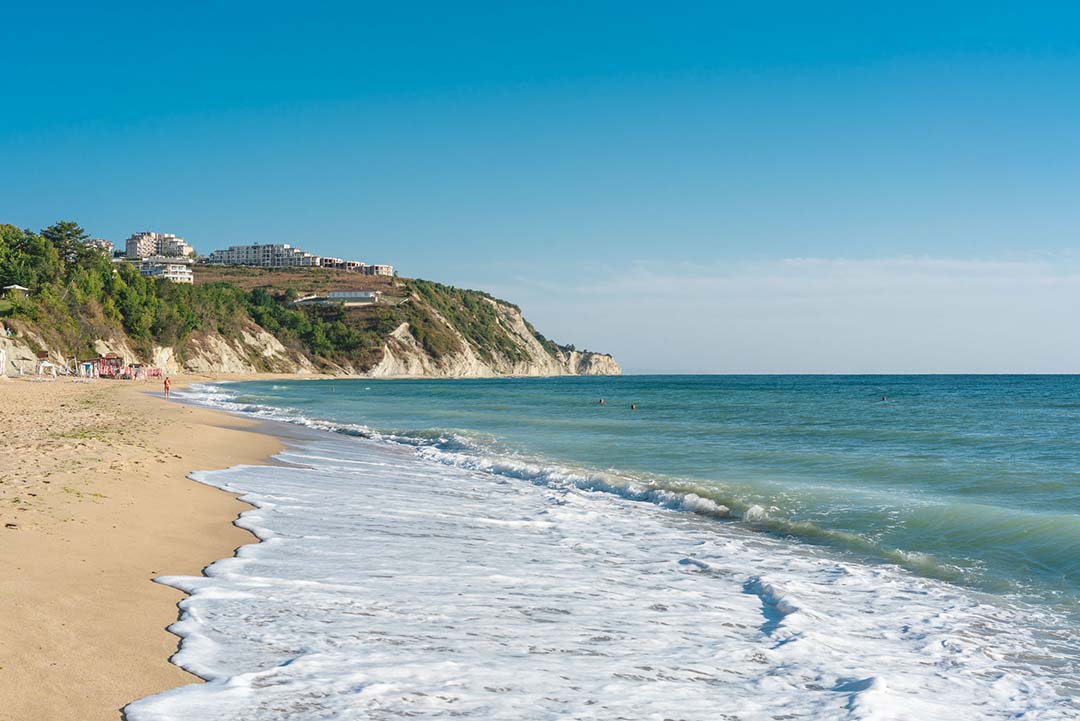
Just a short walk from the beach
Wake up in the morning, make yourself a cup of coffee and walk to the beach to see the sunrise. Perfect way to start your day!

Great location
The house is a short drive from beautiful coastal towns like Obzor, Nessebar, Pomorie and Burgas. Varna is just one hour away. You’ll be able to enjoy historic architecture, great restaurants, art galleries, gourmet grocery and wine stores, and much more.
Places to visit
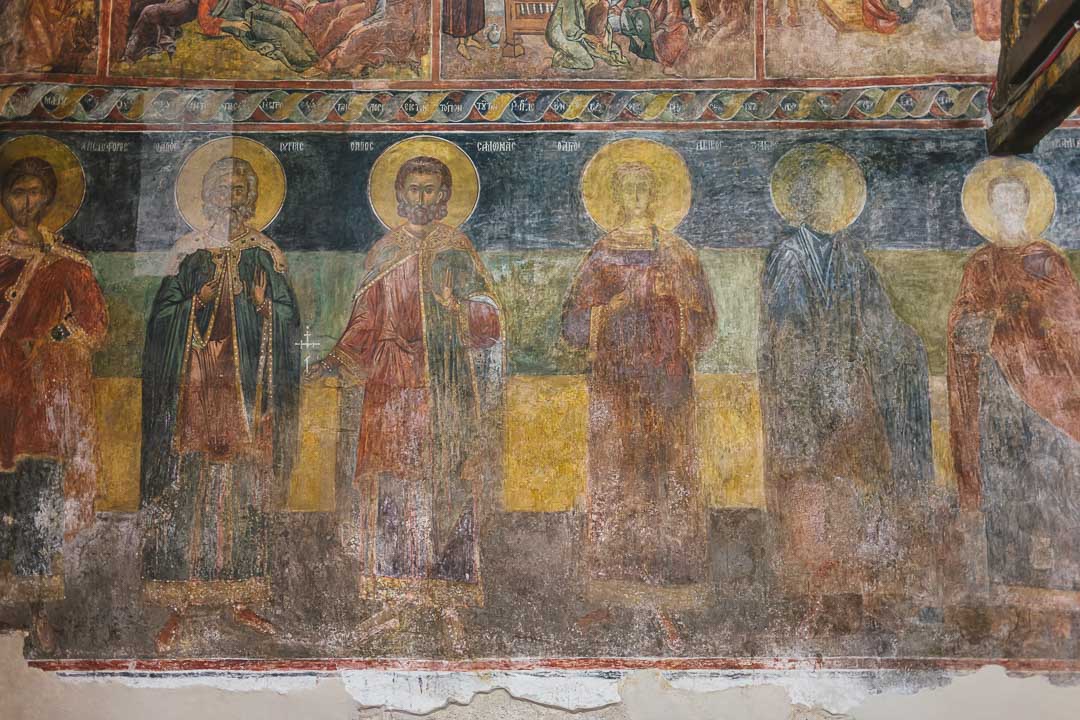
The Saint Stephen Church
The Church of St. Stephen (Свети Стефан), known as The New Bishopric, was built in the period 11th – 13th century. In 16th century the church was elongated and in the 18th century a narthex was added. The church is a three-nave basilica. The central nave raises up above the lateral and has oval frontons in the east and west. The church was built in stones and bricks. For the construction of the church many architectural elements – cornices, capitals, reliefs of destroyed earlier buildings were secondary used.
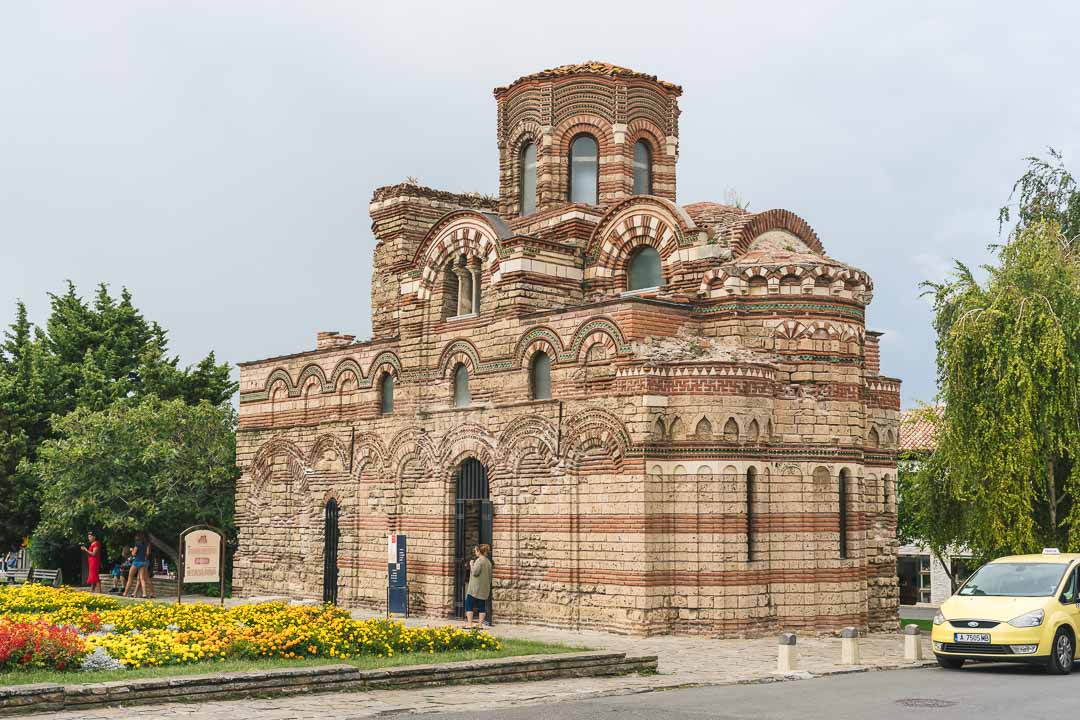
Church of Christ Pantocrator
Church of Christ Pantocrator (църква Христос Пантократор) is dated back 13th – 14th century. It’s one of the most remarkable and well preserved medieval churches in Nessebar, typical for the picturesque style in the religious architecture. The church is rectangular with dimensions 16 m in length and 6,90 m in width. It possesses two entrances – to the south and to the west. On the eastern side there are three small richly profiled apses.

Hagia Sophia Church
Hagia Sophia Church (църква Света София) is located in what is supposed to have been the center of the ancient city. It is a three-naved unvaulted basilica with a semi-circular apse, a narthex and an atrium. The basilica was constructed in the late 5th and early 6th century. During the Middle Ages it served as a cathedral for the bishopric eparchy centered in Nesebar. In 1257 the church was looted by the Venetians during a campaign against the Bulgarian Empire. The basilica was abandoned in the 18th century.